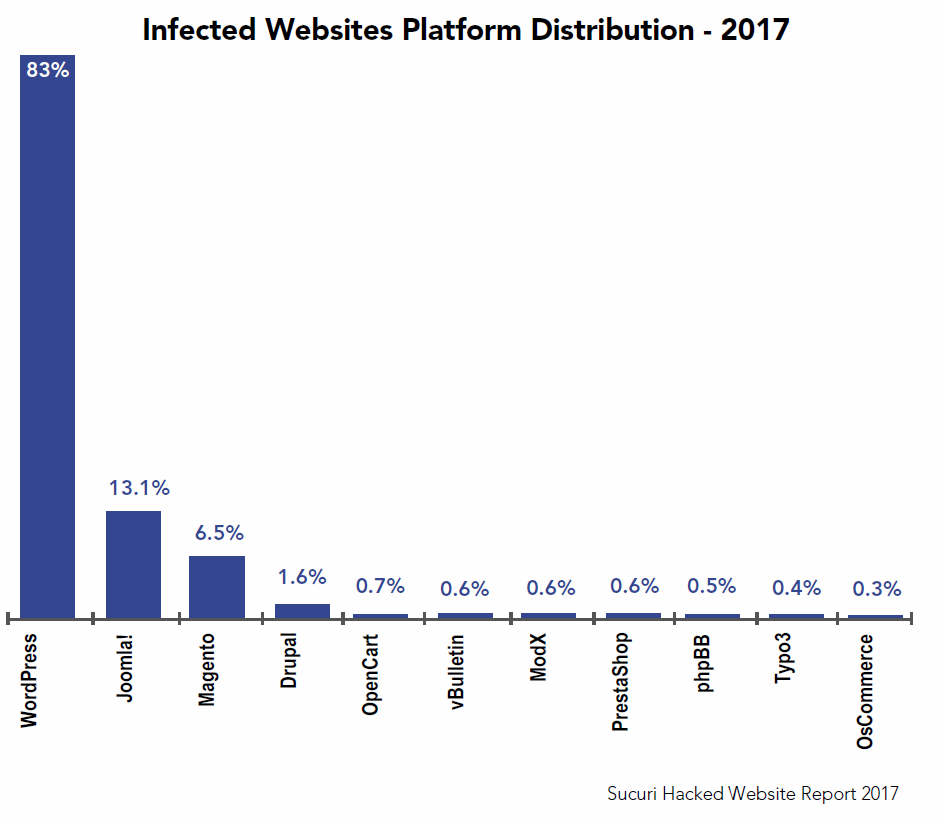A Content Management System Will Make Your Life Easier

Credit union leaders have a lot to think about when considering improvements to their website. One of the most important factors should be how easily their staff can update, publish and organize content for the site. If the answer is not easily at all, then the credit union should look seriously at adopting a new CMS.
A content management system, or CMS, is a platform that helps a company organize their website content quickly and effectively. Since credit unions should be constantly updating their websites with relevant blog posts, news, promotions and rate updates, having the power to make those changes easily in-house can mean a huge difference in website quality and required employee time. Yet many credit unions have little control over their own websites, instead relying on their vendors to update items for them.
But for some things, credit unions can’t afford to wait.
More about CMSs
As its name would suggest, a CMS is a system that manages the creation and organization of digital content for a website. Many websites use a CMS—some of the most popular content management systems being WordPress, Drupal and Joomla.
Why use a CMS?
- Lower operational costs
- Managing content can be a fulltime job, but it doesn’t need to be. Instead of creating content, packaging it and sending it off to a vendor, credit union staff can easily upload and publish content by themselves through a CMS. Bringing content management in-house can actually lower operational costs.
- Easier to organize
- Many content management systems have processes and technology in place to help users organize content, break that content into different categories and archive it, if needed.
- Freely collaborate
- With a CMS, staff can share content and work on projects in tandem, with the additional bonus of standardized formats.
- Publish at a click
- Content can be published, scheduled, updated or altered instantly.
- Manage users
- Add or remove administrators without complication.
- Search engine optimization (SEO)
- Many platforms have plugins, modules or utility functions that allow credit unions to easily and quickly improve their SEO.
Types of CMSs
The next step in making credit union employee and leaders’ lives easier is deciding if they should adopt an open-source CMS or look at a closed-source, proprietary CMS.

- Open-source — Open-source CMSs tend to be among the most popular, thanks to their ease of use and customization, but they are also the most attractive to hackers. Open-source CMSs are defined by their source code being open to the public, allowing anyone to view and modify it at will for their own purposes. This means open-source systems can be incredibly easy to customize, but it also means hackers know how and where to attack these systems.
- Benefits:
- Publicly accessible source code makes it easier to modify and learn
- Large selection of vendors specializing in the platform
- Lower costs due to open-source
- Knowledge and support are widely available
- Downsides:
- Open-source code makes it an attractive target for hackers
- Credit unions have to rely on third-party vendors for support
- There can be many different versions of the same CMS, making it more difficult to secure and provide updates for
- Examples of open-source CMSs
- WordPress
- Joomla
- Drupal
- Benefits:
- Closed-source/Proprietary — Proprietary systems are built and managed by a company. Access to the source code is restricted, meaning proprietary systems tend to be more secure. In addition, since the company that runs a closed-source system usually manages only one main codebase, rather than dozens or even hundreds of different versions of an open-source CMS, proprietary systems tend to be easier to manage.
- Benefits:
- Source code is not accessible to the public, preventing many hackers from knowing where and what to attack
- CMS owner may provide expert support and security testing
- Better version control and universal updates prevent security holes in outdated code
- CMS owner can act quickly to fix vulnerabilities
- Downsides:
- Closed-source means the CMS is hard to customize without vendor support
- Fewer options for plugins
- Licensing costs
- Examples of closed source CMS
- SharePoint
- Kentico
- CUSG CMS
- Benefits:
Employing a CMS in-house to manage a credit union’s website will save on headaches and content upload delays with website hosting vendors. Deciding between an open- or closed-source CMS is the first step, but the time spent investigating which is the right fit for your credit union will be saved later on in quick and easy website updates and management!
« Return to "CUSG Blog Corner"